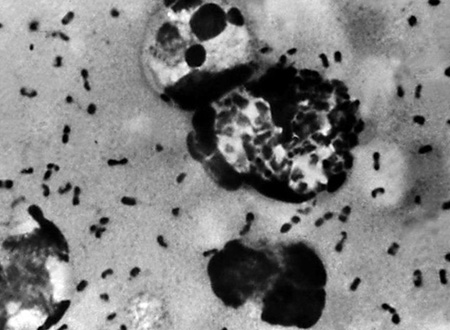Plague: Ancient teeth reveal where Black Death began, researchers say

Researchers believe they have discovered the origins of the Black Death, more than 600 years after it killed tens of millions in Europe, Asia, and North Africa.
The mid-14th Century health catastrophe is one of human history's most significant disease episodes.
But despite years of research, scientists had been unable to pinpoint where the bubonic plague began.
Now analysis suggests it was in Kyrgyzstan, Central Asia, in the 1330s.
A research team from the University of Stirling in Scotland and Germany's Max Planck Institute and the University of Tubingen analyzed ancient DNA samples from the teeth of skeletons in cemeteries near Lake Issyk Kul, in Kyrgyzstan.
They chose the area after noting a significant spike in burials there in 1338 and 1339.
Dr. Maria Spyrou, a researcher at the University of Tubingen, said the team sequenced DNA from seven skeletons.
They analyzed the teeth because, according to Dr. Spyrou, they contain many blood vessels and give researchers "high chances of detecting blood-borne pathogens that may have caused the deaths of the individuals".
The research team was able to find the plague bacterium, Yersinia pestis, in three of them.
Black Death 'was spread by humans not rats
Dr. Philip Slavin, a historian at the University of Stirling, said of the discovery: "Our study puts to rest one of the biggest and most fascinating questions in history and determines when and where the single most notorious and infamous killer of humans began."
The research does have some limitations - including the small sample size.
Dr. Michael Knapp from the University of Otago in New Zealand, who was not involved in the work, praised it as "really valuable", but noted: "Data from far more individuals, times and regions... would really help clarify what the data presented here really means."
The researchers' work was published in the journal Nature, titled "The source of the Black Death in fourteenth-century Central Eurasia".
What is bubonic plague?
Plague is a potentially lethal infectious disease that is caused by bacteria called Yersinia pestis that live in some animals - mainly rodents - and their fleas.
Bubonic plague is the most common form of disease that people can get. The name comes from the symptoms it causes - painful, swollen lymph nodes or 'buboes' in the groin or armpit.
From 2010 to 2015, there were 3,248 cases reported worldwide, including 584 deaths.
Historically, it has also been called the Black Death, in reference to the gangrenous blackening and death of body parts, such as the fingers and toes, that can happen with the illness.
This article is from BBC News.

